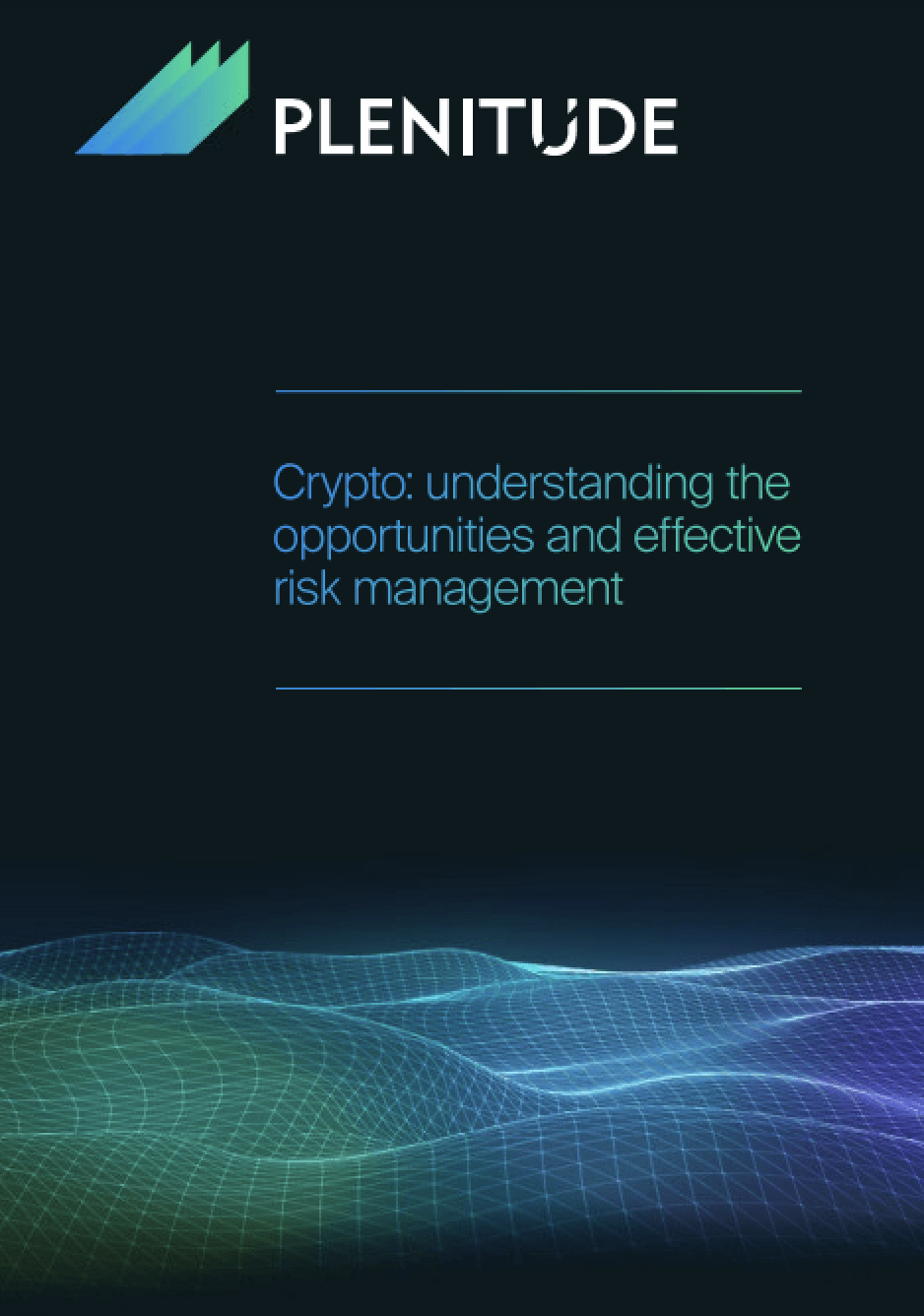Crypto is a rare example of an asset class that was first adopted by retail investors, before institutional players took notice of it. This bottom-up adoption may explain the reticence of some institutions to engage with it. However, this is changing.
Some commentators trace the beginning of institutional adoption of crypto -mainly bitcoin- to Paul Tudor Jones’ Great Monetary Inflation Thesis in May 2020 (even if Cathy Wood’s ARK Invest had become the first public fund manager to invest in bitcoin, back in 2015), because it articulated the macroeconomic / reserve of value argument that would serve other institutions afterwards. Thus, the second part of 2020 and early 2021 saw a wave of announcements from public companies that took the step of allocating part of their treasuries to bitcoin, notably Microstrategy, Square, Tesla and, in the traditional finance sector, Mass Mutual.
By the second half of 2021, this wave of institutional adoption was clearly visible in the results of the Fidelity Institutional Investor Digital Assets survey, which, based on answers from more than 1100 investors from around the world, found that 52% of them had an investment in digital assets. This number masked significant variations amongst respondents, with higher rates of adoption by high-net worth individuals or financial advisors in Europe and Asia, and much lower ones for traditional hedge funds or pension funds, but there was an increase in all of them, nonetheless.
Conclusion
So, what is the key to staying on top of these changes and implementing an effective risk management framework? Developing a thorough understanding of the industry and spreading this knowledge widely through decision-makers and operational teams, thus filling a knowledge gap that currently holds back institutions. Only that way can a coherent strategy be elaborated, and FIs will be able to move from an instinctive reflex that paints all the industry with the same brush, to a more refined risk management approach that leverages best practices developed and applies them to this emerging sector, preparing FIs for the disruption that crypto is bringing, not only to financial services, but to society at large.



 Manuel Fajardo
Manuel Fajardo
 Plenitude Insights
Plenitude Insights Digital Assets
Digital Assets Digital Assets/Crypto
Digital Assets/Crypto



